There are many resources out there to help you learn about the craft of writing. From websites, to webinars, to newsletters and physical books, each writer is going to have their preferred way of learning and growing.
Personally, I love me a good book, and I have almost all of these on my shelf already. A few of them I don’t own yet myself, but I’ve rented them from libraries or they came so highly recommended by other writers that I just had to include them.
Here are the Motley Writers Guild’s favorite books on the Craft of Writing!
Get inspired…
1. Just Write by James Scott Bell

This is a great book to start with, because it offers you a solution for one of the biggest problems with trying to write a story: actually doing the darn thing! When I meet someone who asks me about becoming a writer and where they should start, I often send them a copy of this book. That’s how valuable I feel it is for building your skills and gaining confidence.
Start writing and KEEP writing past your roadblocks, fears, insecurities, and procrastination. Deeply immerse yourself in the craft of writing by tapping into your ‘desire for writing excellence [source]‘.
James Scott Bell is a lauded author and writing coach, who has actionable insight into how you can Just Write. He’s so good, in fact, that he appears elsewhere on this list of top Writing Craft books!
This book will help you learn how to: create characters (from the ground up), study existing works to learn from them and see how they function, market yourself as a writer (other members of the MWG are already pro’s at this, so be sure to subscribe to our mailing list for notifications when they post about marketing!), brainstorm new concepts and premises, and maintain peak efficiency by managing your time!
2. On Writing: A Memoir of the Craft by Stephen King
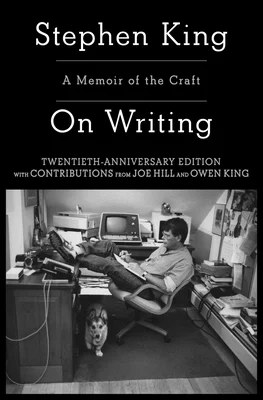
Often referred to as the “King of Horror”, Stephen King has been crafting terrifying tales for decades. If you’ve never read one of his books, it’s possible you’ve seen a movie or TV show based on them: The Shining, Stand by Me, IT, Cujo, Under The Dome etc.
In this book, On Writing, he talks about his experiences as an author, and gives sage advice to aspiring writers. Originally published in 2000, it’s been released in two different expanded editions since then. It’s composed of five sections:
- C.V. (an incomplete autobiographical account of his experiences)
- What Writing Is
- Toolbox (about the importance of vocabulary, grammar, and style)
- On Writing (his advice about the art)
- On Living: A Postscript (about the 1999 accident where he was struck by a car while walking)
This book sounds like it might not be as practical as some of the others on this list, but I urge you to consider reading it as one of the first books on writing that you chose. It can be inspirational and motivational in ways the others aren’t, because it contains the all-important personal aspect of a famous and successful author.
Learn the craft…
3. Save the Cat! Writes a Novel: The Last Book on Novel Writing You’ll Ever Need by Jessica Brody
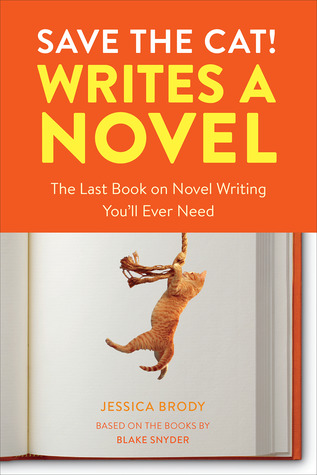
Blake Snyder developed the original Save the Cat! method for screenplays, and then Jessica Brody adapted it to novels/short stories. This book might not literally be the ‘last book on novel writing you’ll ever need’, but it’s certainly up there with my top picks of essential writing craft books you should read/own.
It turns story plotting into easily-digestible ‘beats’, with 15 major sections that historically occur within stories, cut up into bite-sized portions for you to sink your teeth into. You are probably already aware of the standard 3 act structure of most stories. This book gives you the how and the when’s of those acts, and makes them palatable for new and seasoned writers alike.
Not only does it outline beats, but it also breaks down those beats into percentages of the word count/page count of a novel. This is a great way to make sure your pacing is right.
This book is essential for any writer’s bookshelf, and I highly recommend you pick up a copy today!
4. Story Genius: How to Use Brain Science to go Beyond Outlining and Write a Riveting Novel by Lisa Cron
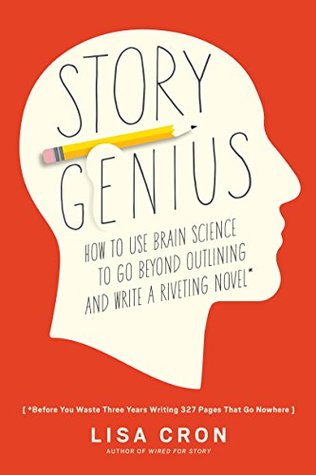
It says “brain science” but it isn’t a textbook OR a dry, scientific tome. Lisa Cros guides you through developing character driven plots by starting with that key main character first. It can help you create “multi-layered cause and effect blueprints [source]” and tells you how to get to the “nitty-gritty details of your raw idea to organically generate your story’s internal logic, meaning, and urgency [source]“. This novel is another one that I’d recommend writers start with, as it can help you understand what you’re writing and how to write it, before you waste time penning an entire novel that you might have to scrap and redo after reading this.
5. Plot and Structure by James Scott Bell
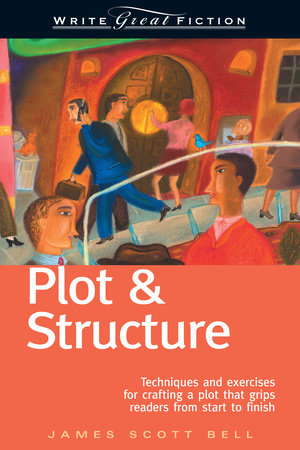
This is the second time James Scott Bell appears on this list! Which is indicitive of his insight and helpfulness in your writerly journey.
This book asks a lot of essential questions, and then it answers them. What is Plot? What is Structure? How do they interact and engage with each other? What’s the difference between plotting for different types of fiction? How do you revise if you’ve veered off course? James Scott Bell tells you all that, and more, to help you get from a strong beginning, through the middle, and to the end to finish as strong as you started.
There’s diagrams! There’s charts! Brainstorming techniques! Tips and tools for fixing common problems and examples from popular fiction! This book has it all, and it’s earned its place on this list of the Motley Writers Guild’s top Writing Craft Books!
Master the tools you’ll need…
6. G.M.C.: Goal, Motivation and Conflict, by Debra Dixon
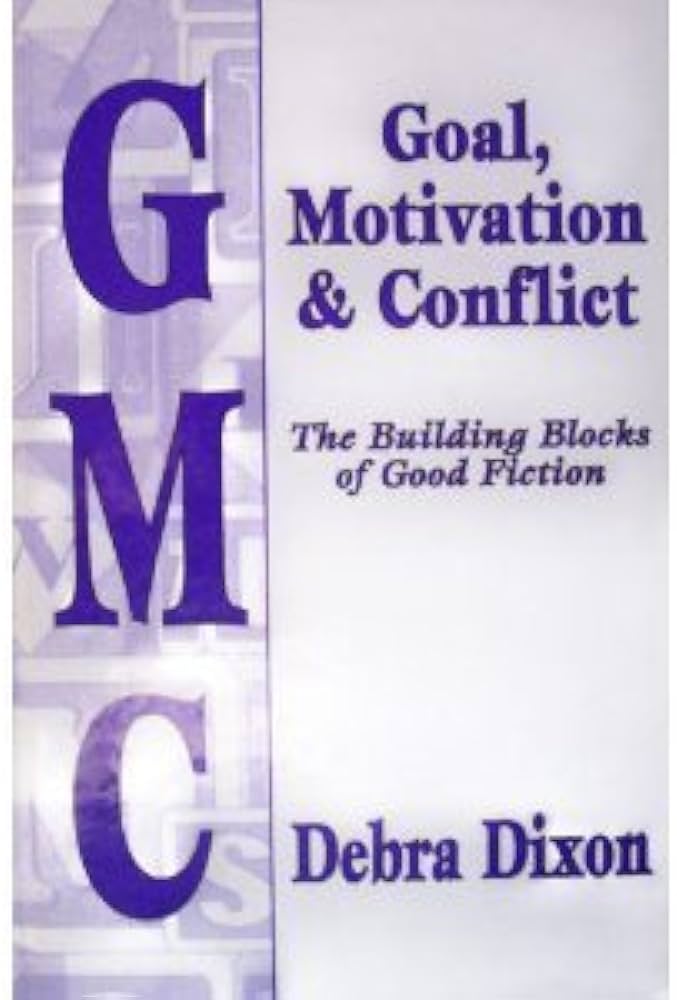
Goal, Motivation, and Conflict are three key elements you must master to give your characters and plot dimension. This book is incredibly helpful for planning and keeping your story on the right path, troubleshooting why scenes aren’t working (and fixing them!), and crafting compelling characters that will engage agents, editors, and readers alike, so they care about them and want to keep reading until the very end.
This book is clear, concise, and essential to any writer’s book collection when learning to craft a novel from the ground up.
Note: this book was recommended by an agent on Twitter. It may be difficult to find though, and if you can’t find one to purchase try looking for it at your local library. I had to request it as an inter-library loan because it wasn’t available any other way. I hope you have better luck in your search!
7. The Deluxe Transitive Vampire by Karen Elizabeth Gordon
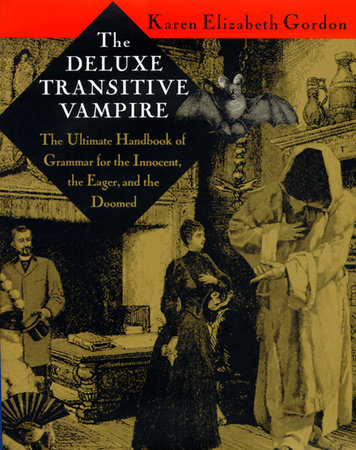
If you’re like me and you struggle with grammar sometimes, this is the book for you! Essential reading for anyone, and I mean anyone (not just vampires).
“A special edition of the 1984 classic, The Deluxe Transitive Vampire is populated by a wickedly decadent cast of gargoyles, mastodons, murderous debutantes, and, yes, vampires (both transitive and otherwise), who cavort and consort in order to illustrate basic principles of grammar. The sentences are intoxicating–“How he loved to dangle his participles, brush his forelock off his forehead with his foreleg, and gaze into the aqueous depths”–but the rules and their explanations are as sound as any you might find in Strunk and White.”
The Deluxe Transitive Vampire, Product Description
Note: even this book mentions Strunk and White, which we go into detail in the very next section…
8. The Elements of Style by William Strunk Jr. and E.B. White
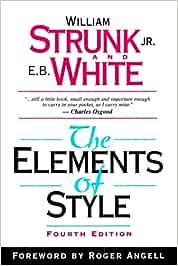
Have you ever been told your writing lacked “style” or “voice”? Or perhaps you’ve got “style” to spare, and you need to learn to dial it back a notch? Well, this book can help!
Often referred to as just “Strunk and White”, the first edition of this staple writing book was published way back in 1918 by William Strunk, and then revised by E.B. White and re-published in 1959. This book is lauded as one of the most important ones you can read, and is often cited as a classic necessity.
9. The First Five Pages by Noah Lukeman
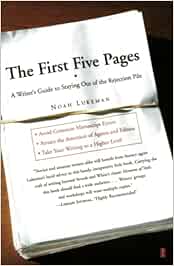
This is another book that was recommended by an agent on Twitter as essential reading for writers who want to be published. Fiction, non-fiction, poetry, and even journalism can all contain the same errors, and this book teaches you how to avoid them and keep your work out of the rejection pile!
Some common mistakes that you can overcome:
- weak first-five pages (duh)
- weak “hook”
- forced metaphors or similes
- melodrama
- lifeless settings
- overusing adjectives and adverbs
- confusing dialogue
- uneven pacing
- one-dimensional characters
- and more!
It’s got exercises in every chapter that will help you to improve your technique and spot even the small mistakes that may make an agent or editor reject your work.
Then EDIT what you’ve written!
10. Self-Editing For Fiction Writers: How to Edit Yourself Into Print by Dave King and Renni Browne
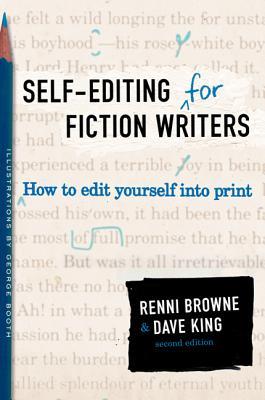
Renni Browne and Dave King are professional editors who have worked on hundreds of books, and use their experience and knowledge to guide writers on how to edit their own manuscripts and turn them into publish-worthy stories.
Develop editing techniques to spot and fix dialogue, exposition, point-of-view, and interior monologue. You can learn to use the same processes that professional editors would employ and polish your manuscript without having to spend a penny (except whatever it cost you to buy this book).
Bonus! One more book to add to the list (because I couldn’t stop at just 10)
11. Seven Drafts: Self-Edit Like a Pro from Blank Page to Book by Allison Williams
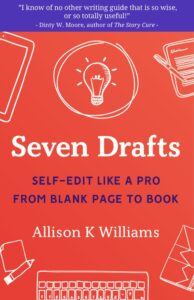
We’re closing out this list with something a bit lighter, though still heavy with information and useful tools. Seven Drafts is a humorous guide that encourages you to write and revise, from big-picture stuff to tedious line edits.
Just the chapter titles alone should give you a good idea of what the tone and content of this book is…
- The Vomit Draft
- The Story Draft
- The Character Draft
- The Technical Draft
- The Personal Copy Edit
- The Friend Read
- The Editor Read
- Publication
- The Writing Life
This book will help you from start to finish, and get you to a polished manuscript in seven drafts!

Have you already read any of these books? Are there any we missed that you’d recommend? Do you have a favorite book on the craft of writing? Let us know in the comment section below!
The Motley Writers Guild’s – Em Van Moore

If you enjoyed this post, please subscribe to The Motley Writers Guild for notice of new blog posts and writerly news, as well as promotions and unique content only available to our valued subscribers!
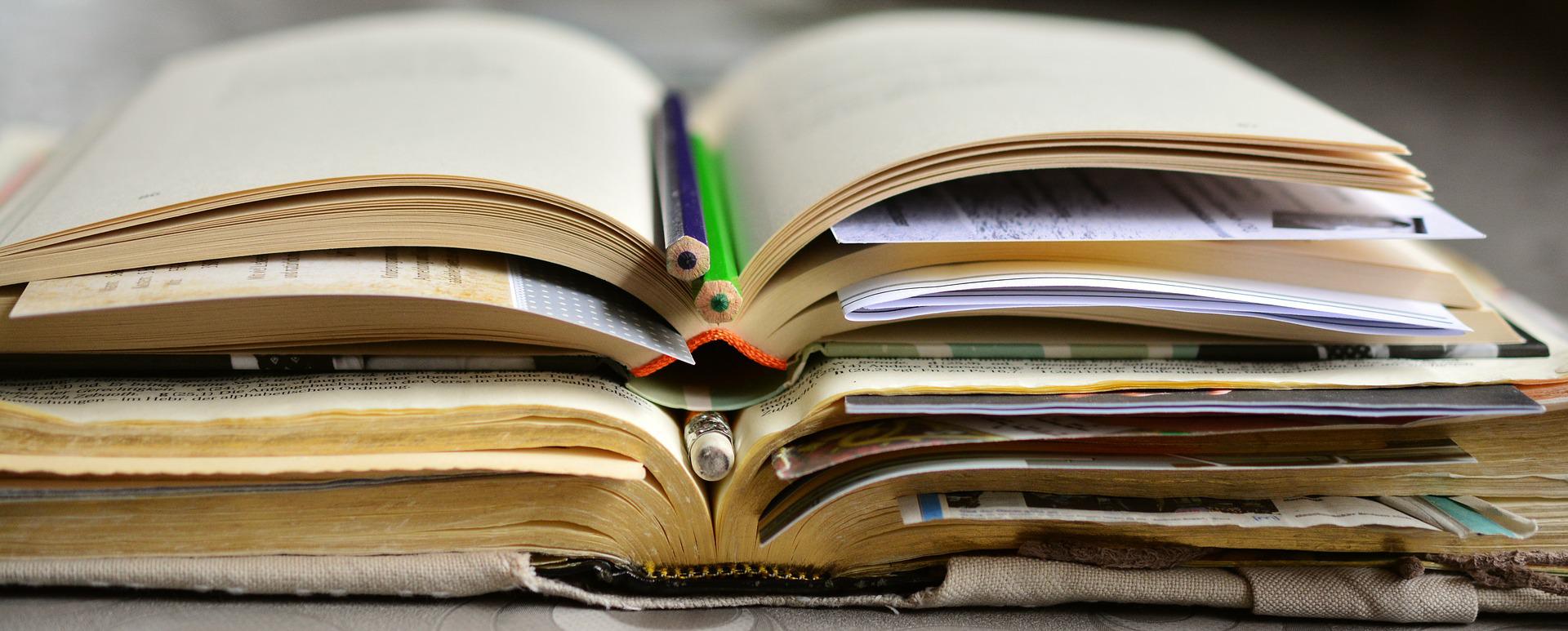



I’d like to add Chuck Wendig’s ‘Damn Fine Story’ to this list. After reading how-to books that teach formula, or formulaic components at least, writers might enjoy a book that effectively starts with the following caveat: “[This book] isn’t about having answers. Because I don’t have answers. This isn’t science. This isn’t math. You can’t plug a bunch of narrative components into an equation and spit out the perfect story. The truth is, most of what I’m telling you here is wildly imperfect. I’s guesswork. It’s lies layered with horseshit layered with I-don’t-know-what-I’m-talking-about. … The goal of this book is not to provide you with answers but, rather, to force you to consider the questions.”